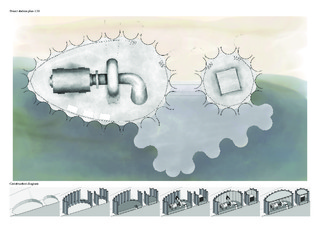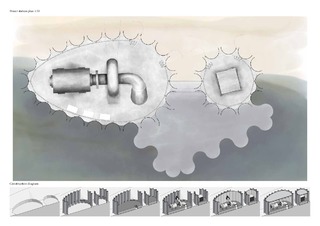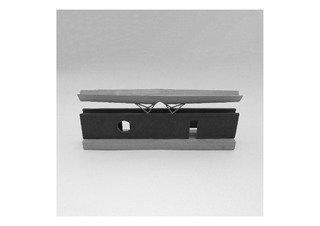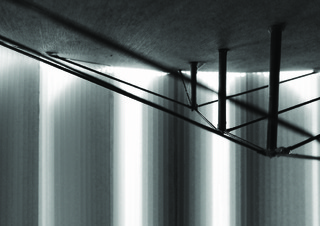| dc.description | Norway is in constant need of renewable energy, and hydroelectric power is still the main source. A great future potential can be found in countless small rivers scattered across the country, which could be developed through small hydro projects. In the process of converting mechanical movement - flowing water - into electric energy, about 5% turns into heat. From a power plant with an annual production of 15 GWh, this means energy enough to heat approximately 30 households is lost. In my project I propose three alternate ways to utilise this excess energy for various attractions along Vaksvikelva in Ørskog. Through the building of small hydro projects, previously unavailable nature becomes accessible. How can small hydroprojects enrich the experience of their beautiful surroundings? | nb_NO |









